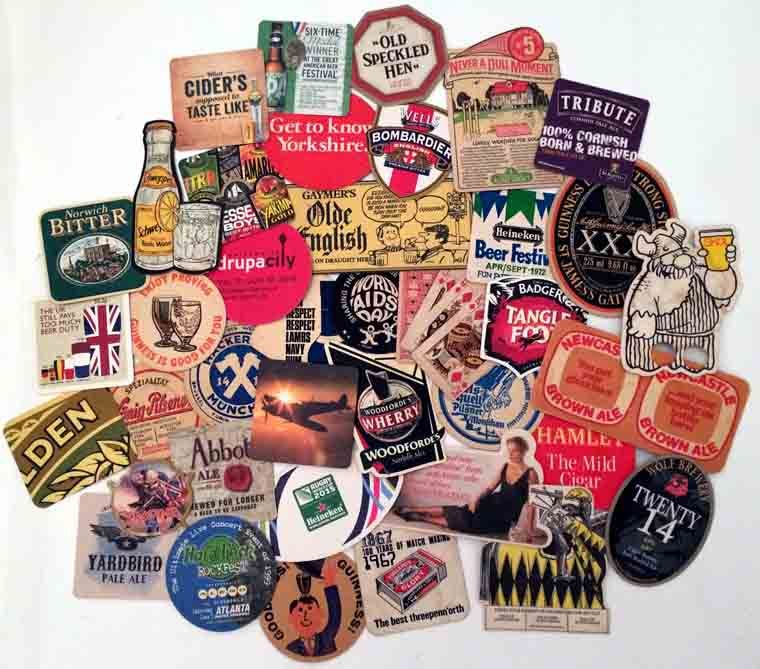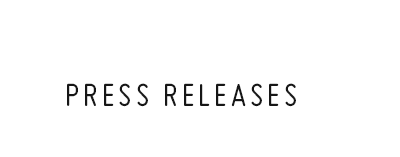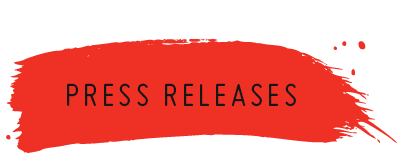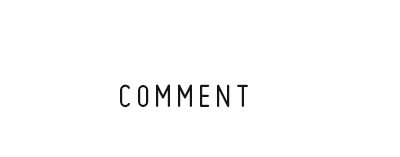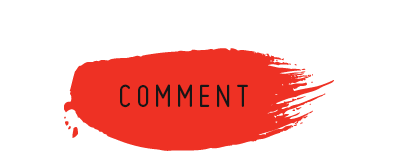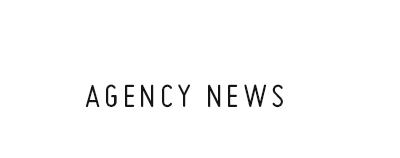For the love of Print
Last Orders – Are we calling time on the beermat?
By Jonathan Wake
OK, confession time, I collect beermats. Have done since I was about fourteen. Believe it or not there’s an official word for it: I’m what’s known as a tegestologist.
Why beermats – or coasters – as they are also known? Well, when the legendary mountaineer George Mallory was asked why he wanted to climb Mount Everest, he famously said, “because it’s there.” And there you go, that’s how it works with me and beermats – because they’re there. Yet recent experience suggests that increasingly they’re not.
So, since we’re in the week of International Print Day, I thought it appropriate to consider why these particular pieces of print no longer appear to be as commonplace as they once were. After all, as my extensive collection of colourful, creatively-designed and variously-shaped mats proves, they can serve as a very effective means of carrying a message. Indeed, while the vast majority of my hoard advertises a plethora of different breweries and almost every possible alcoholic or non-alcoholic beverage, some older examples also promote everything from car insurance, to government campaigns encouraging the donation of blood.
With brand managers, marketers and their creative agencies competing for our attention like never before, positioning a message or logo directly underneath the gaze of drinkers as they reach for their pint – or for that matter their glass of Chardonnay or orange juice – is still another way of grabbing attention. And I won’t have it that it’s all gone digital – I mean, even the most ardent social media addict occasionally has to take their gaze from his or her iPhone before grabbing the glass.
Pubs might be closing at alarming levels, but that doesn’t mean the UK is bereft of alternative social drinking establishments, be they upmarket bars or cosmopolitan brasseries. Regardless, the clientele are likely to need something to sit their drink on. Which brings me to another obvious practical aspect of the beermat beyond its brilliance as a communication vehicle – it’s not half bad at protecting the mahogany bar or table from spillages; hence the alternative term, ‘drip-mat’.
Not only that, in certain countries like Germany, for example, they are actually marked each time a customer orders a drink, thereby serving as a simple means for the bartender or server to tally the amount consumed once the customer is ready to settle the bill. The fact that the demise of the beermat in Germany is noticeably far slower than we’re witnessing on UK shores, surely can’t only be attributed to its convenience as a tab-tracker.
So, while this issue remains a worry for the likes of us tegestologists, the rest of you will probably not have noticed. Be that as it may, it doesn’t mean the simple beermat doesn’t still do a good job at carrying and delivering a printed message. After all, I don’t look at the side of London buses and wonder why there’s red paint where an advert should be. However, when I see the advert, whether intentionally or unintentionally, I read it. Yep, as I believe an advert once told me, advertising works.
So, biased as I may be, let’s not call time on the beermat yet.
***
And here’s a bit of trivia should the topic come up in a pub quiz…
The early origin of the first ‘beer mat’ dates back to the 19th century. In those days, wealthier drinkers had the luxury of porcelain tankards complete with lid to keep out flies and other insects. Not so fortunate, the ‘common folk’ were forced to find a suitable alternative to protect their own ale. This effectively gave rise to the first beermat, as working classes began to use round felt discs to protect their drink. Not long afterwards, German printing company, Friedrich Horn, is acknowledged as creating the first cardboard beermats, and by the end of the First World War, they began to appear on the scene in the UK. Early examples were typically printed with a single colour, but the introduction of letterpress printing gave rise to subsequent colour versions, essentially initial incarnations of what we have today.
